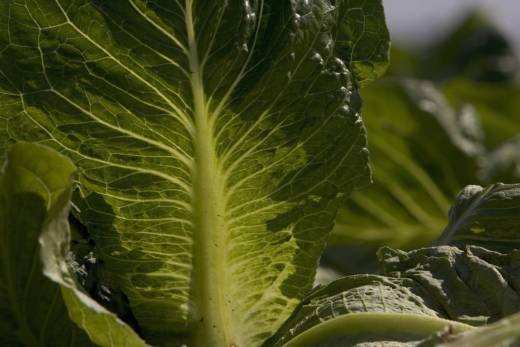U.S. health officials on Friday told consumers to throw away any store-bought romaine lettuce they have in their kitchens and warned restaurants not to serve it amid an E. coli outbreak that has sickened more than 50 people in several states.
The U.S. Centers for Disease Control and Prevention expanded its warning about tainted romaine from Arizona, saying information from new illnesses led it to caution against eating any forms of the lettuce that may have come from the city of Yuma. Officials have not found the origin of the contaminated vegetables.
Previously, CDC officials had only warned against chopped romaine by itself or as part of salads and salad mixes. But they are now extending the risk to heads or hearts of romaine lettuce.
People at an Alaska correctional facility recently reported feeling ill after eating from whole heads of romaine lettuce. They were traced to lettuce harvested in the Yuma region, according to the CDC.
KQED’s Danielle Venton reports so far there are 31 hospitalizations, and 53 cases, around the country due to this E. coli strain. One case is from California. No deaths have been reported.

